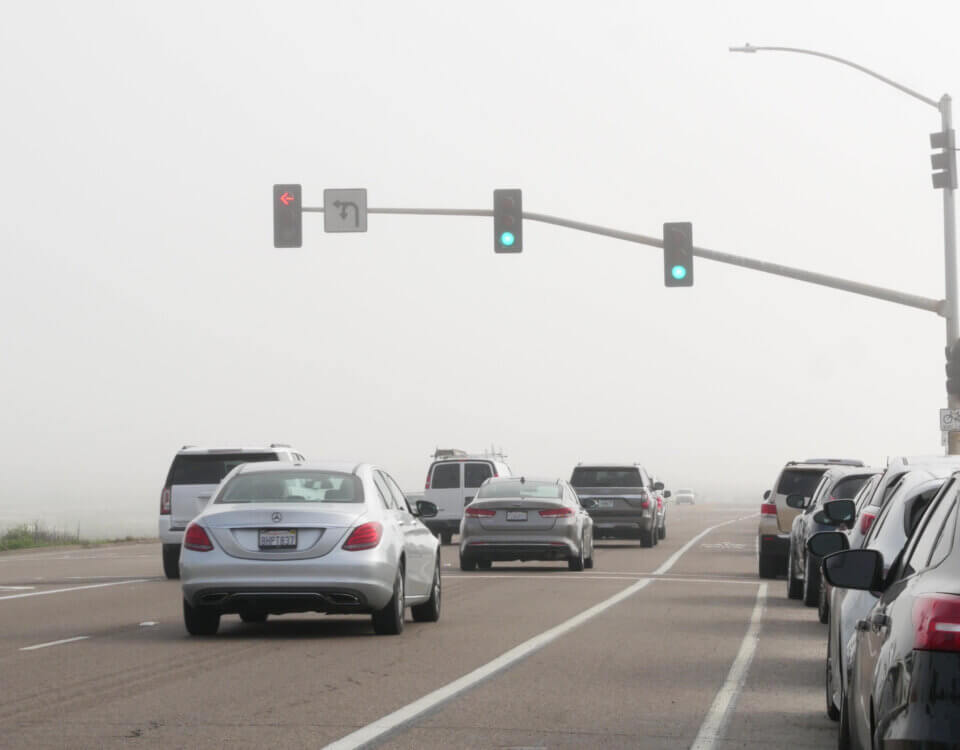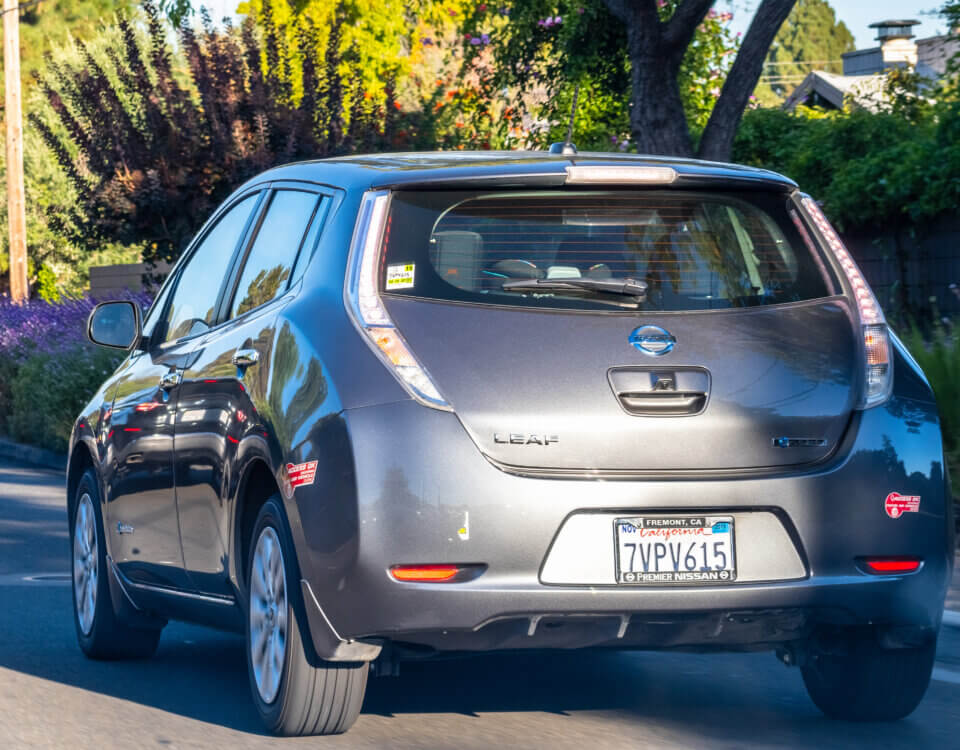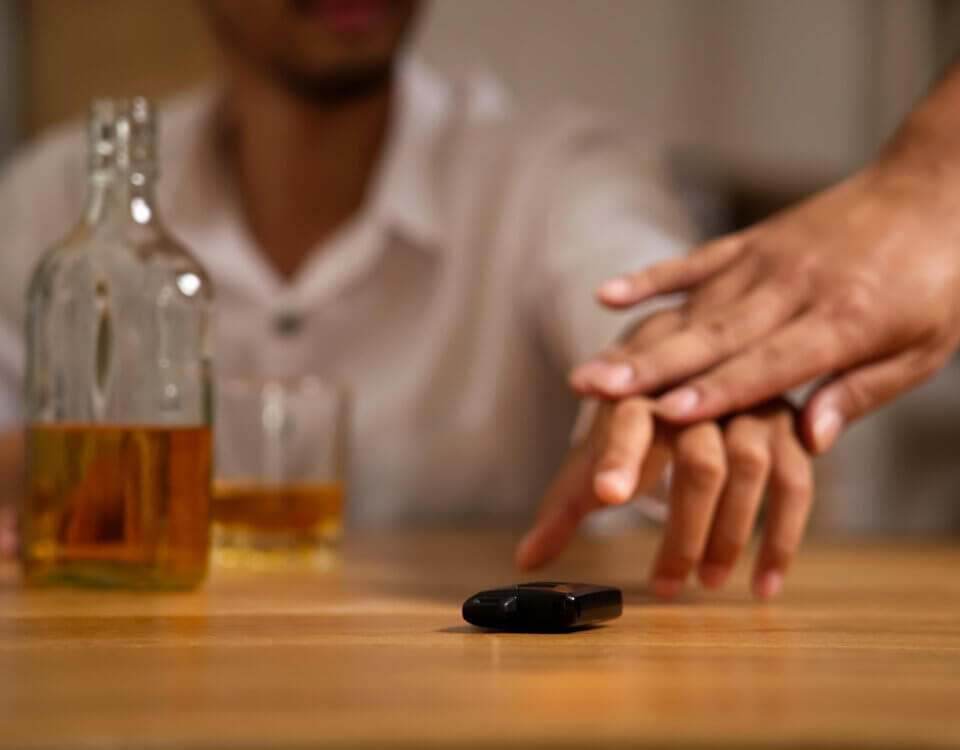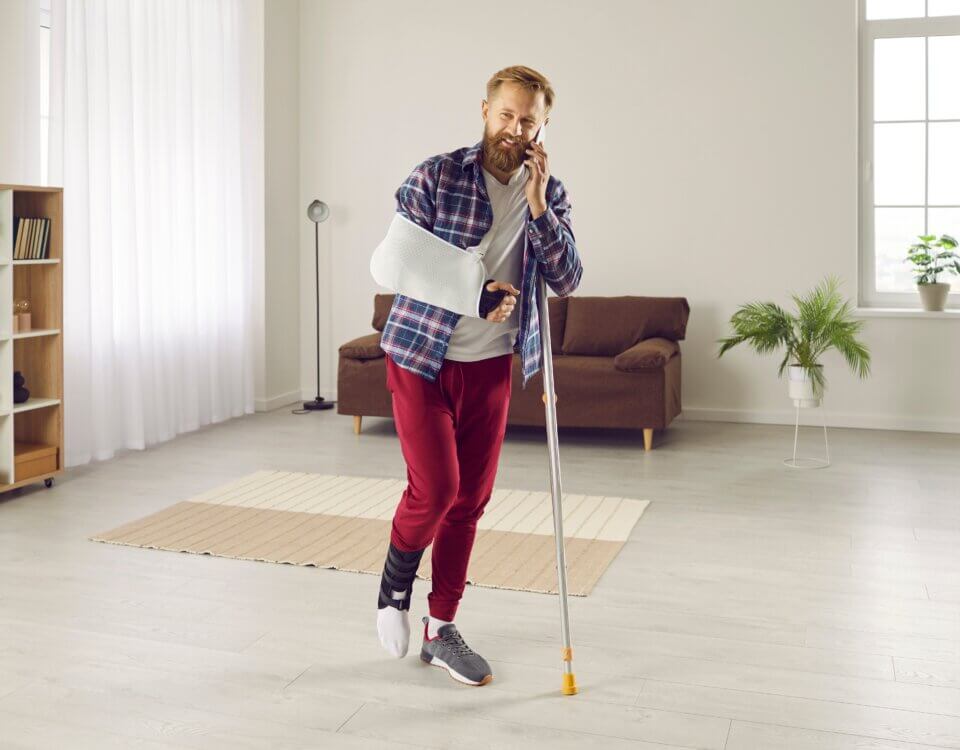Distracted driving causes thousands of preventable crashes every year in California. Even a brief glance at a phone, grabbing a snack, or letting your mind wander can transform a routine drive into a dangerous situation.
There are three categories of distraction visual, manual, and cognitive. Each type undermines your ability to drive safely, slowing your reaction time, reducing awareness, and increasing the chance of collision.
Understanding how each type works and how it contributes to liability can help you better protect yourself as a driver or pedestrian and build a stronger case if you are injured by a distracted driver.
What Is Distracted Driving
Distracted driving means operating a vehicle while engaging in any activity that takes attention away from driving. That may include
Taking your eyes off the road
Taking your hands off the wheel
Letting your mind drift away from driving
These distractions reduce your ability to perceive hazards, anticipate changing conditions, and react in time.
The Three Main Categories of Distraction
Distraction behind the wheel can be broken down into three core kinds
Visual Distraction when you divert your eyes from the road
Manual Distraction when you remove your hands from the steering wheel
Cognitive Distraction when your mind is focused on something other than driving
Some behaviors involve more than one kind of distraction. Texting while driving is the prime example because it often includes all three types at once.
Visual Distractions
These occur when you look away from the road, even for a moment. Missing a red light, a brake ahead, or a pedestrian stepping into the street can happen in a split second. Common visual distractions include
Reading a text or notification
Glancing at or setting GPS
Looking around to talk to a passenger or at something outside
Adjusting dashboard controls
Even a brief eye diversion can turn a safe situation into an unsafe one.
Manual Distractions
Manual distractions involve taking your hands off the wheel to perform another task. This reduces your ability to maintain control or respond quickly. Examples include
Holding or using a phone to text, scroll, or call
Eating or drinking
Reaching for objects, adjusting seat or mirrors
Applying makeup or grooming while driving
Often manual distractions overlap with visual and cognitive distractions, making them especially dangerous.
Cognitive Distractions
These happen when your mind is somewhere else, even while your eyes stay on the road and your hands remain on the wheel. Cognitive distractions slow your thought process and delay your decision making. Some examples include
Daydreaming or zoning out
Worrying about work, personal issues, or stress
Deep conversations even hands free
Being overly absorbed in music, podcasts, or navigation instructions
Because cognitive distractions occur internally, they are often harder to detect but equally harmful.
Why Texting While Driving Is Especially Dangerous
Texting is uniquely hazardous because it merges all three types of distraction.
Visual looking at the screen
Manual using your fingers to type
Cognitive thinking about the content of the message
That combination makes texting one of the most common causes of modern crashes. A few seconds of inattention can mean missing a sudden stop, swerving unintentionally, or rear ending the car ahead.
Liability in Distracted Driving Crashes
In California, anyone who causes an accident by not paying attention can be held legally responsible. The fundamentals of negligence law apply.
Drivers have a duty to operate safely
If they breach that duty through distraction
And that breach causes a crash
They may be liable for damages including medical expenses, property damage, lost income, and pain and suffering
California also has specific laws that prohibit certain distracting behaviors, such as the use of handheld phones while driving, and stricter rules for young drivers under 18. Violating those laws can strengthen a victim’s case in a lawsuit.
Proving Distracted Driving in Court
Because distractions are often unseen, proving a distracted driving case relies on gathering strong evidence. Common tools include
Phone records showing calls, texts, or app activity at the time of the crash
Dashcam or surveillance video showing the driver looking away or using a device
Eyewitness testimony from other drivers, passengers, or pedestrians
Accident reconstruction experts who analyze braking, trajectory, and timing
Police reports and officer observations
Combined, these sources can build a compelling narrative that distraction played a critical role.
What to Do After a Crash Caused by Potential Distraction
If you believe the other driver was distracted, take these steps promptly.
Seek medical attention even if you feel okay
Call the police and request a formal report
Document the scene with photos of damage, road conditions, and vehicle positions
Collect witness contacts and statements
Preserve evidence including phone, dashcam, and medical records
Avoid making statements like sorry or admitting fault
Contact a knowledgeable personal injury attorney
At Hillstone Law we help clients injured by distracted drivers. We collect evidence, coordinate experts, negotiate with insurers, and when necessary litigate with the goal of securing full compensation for your losses.
Note: These blog posts are created solely for the use of Hillstone Law. The information is gathered from internet research, publicly available sources, and artificial intelligence (AI) tools such as ChatGPT. While we aim to share helpful and educational content, Hillstone Law does not independently verify every detail. Some information may be incomplete, outdated, or subject to change without notice. If you believe any part of a post is inaccurate, misleading, or infringes upon copyright, please contact Hillstone Law immediately so we can review it and take appropriate action, including correction or removal.
Disclaimer: The material provided in these blogs is for general informational purposes only and should not be considered legal advice. Reading these posts does not create, and is not intended to create, an attorney-client relationship with Hillstone Law. Our intent is to share knowledge, raise awareness, and provide helpful resources to the public; however, Hillstone Law makes no warranties or guarantees about the accuracy, completeness, or reliability of the information provided, and expressly disclaims liability for any actions taken in reliance on it. The photos used in these posts are for illustrative purposes only and do not depict actual clients, individuals, or incidents unless expressly stated. If you or a loved one has been injured in an accident, please contact Hillstone Law at (855) 691-1691. Our attorneys are available to answer your legal questions and help you understand your rights.








